America’s national parks represent the crown jewels of the country’s natural heritage, preserving breathtaking landscapes that range from towering mountains and pristine lakes to otherworldly desert formations and lush rainforests. These federally protected lands offer photographers and nature enthusiasts unparalleled opportunities to capture stunning images that showcase the remarkable diversity of American landscapes.
Whether you’re wielding a professional camera or simply snapping shots with your smartphone, these parks provide endless inspiration. From iconic vistas that have graced countless calendars to hidden gems waiting to be discovered, the national park system contains some of the most camera-worthy scenes on the planet.
Here is a list of 18 national parks that stand out for their exceptional photogenic qualities, each offering unique features that make them paradise for photographers.
Yosemite
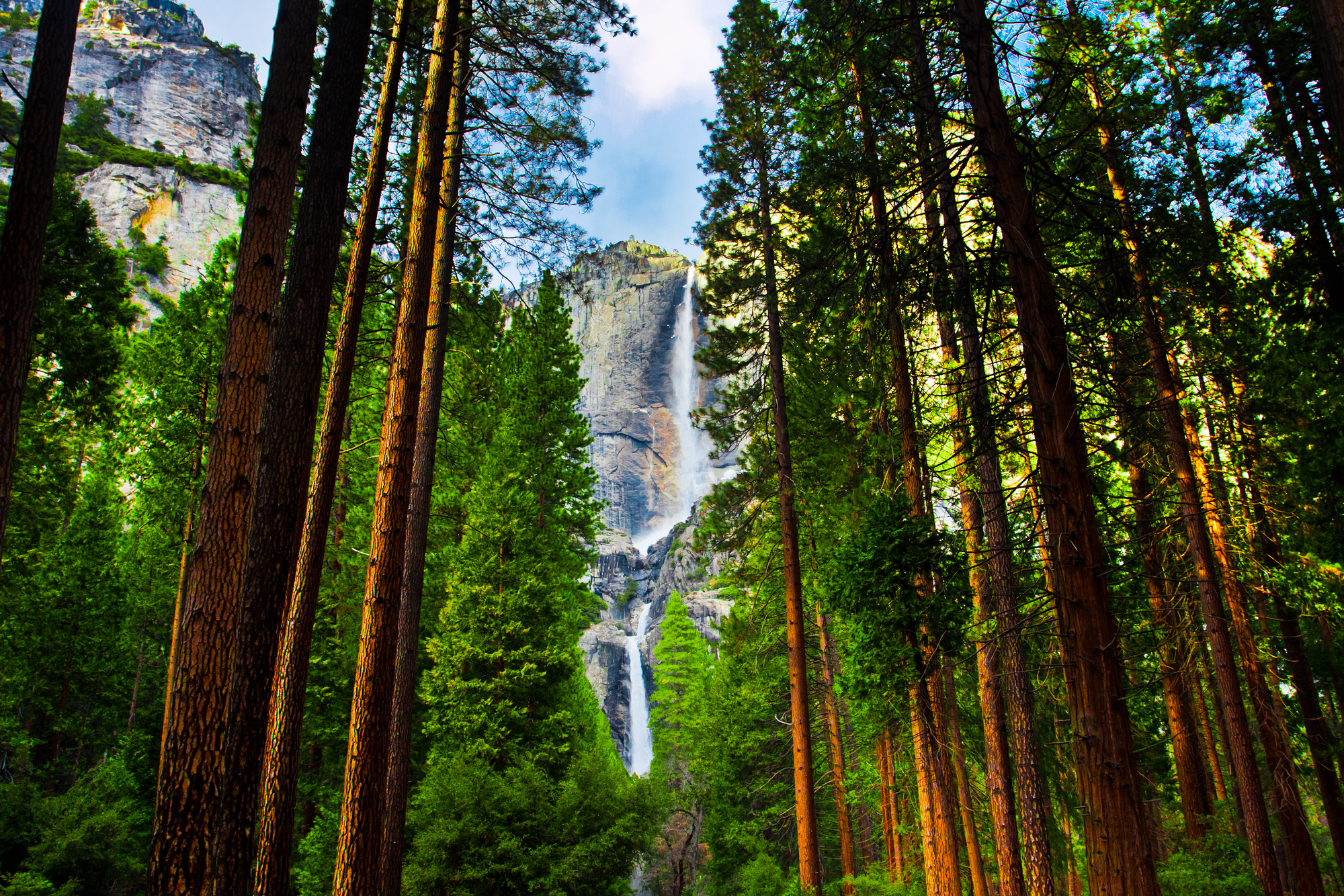
The vertical granite walls of El Capitan and Half Dome create dramatic backdrops that have captivated photographers since Ansel Adams immortalized them in his famous black and white images. Yosemite Valley’s perfect U-shape frames compositions naturally, while seasonal waterfalls like Bridalveil and Yosemite Falls add dynamic elements that change throughout the year.
The park’s meadows are filled with wildflowers in spring, and the golden light on the granite faces during sunset offers photographers endless variations on its classic scenes.
Grand Teton
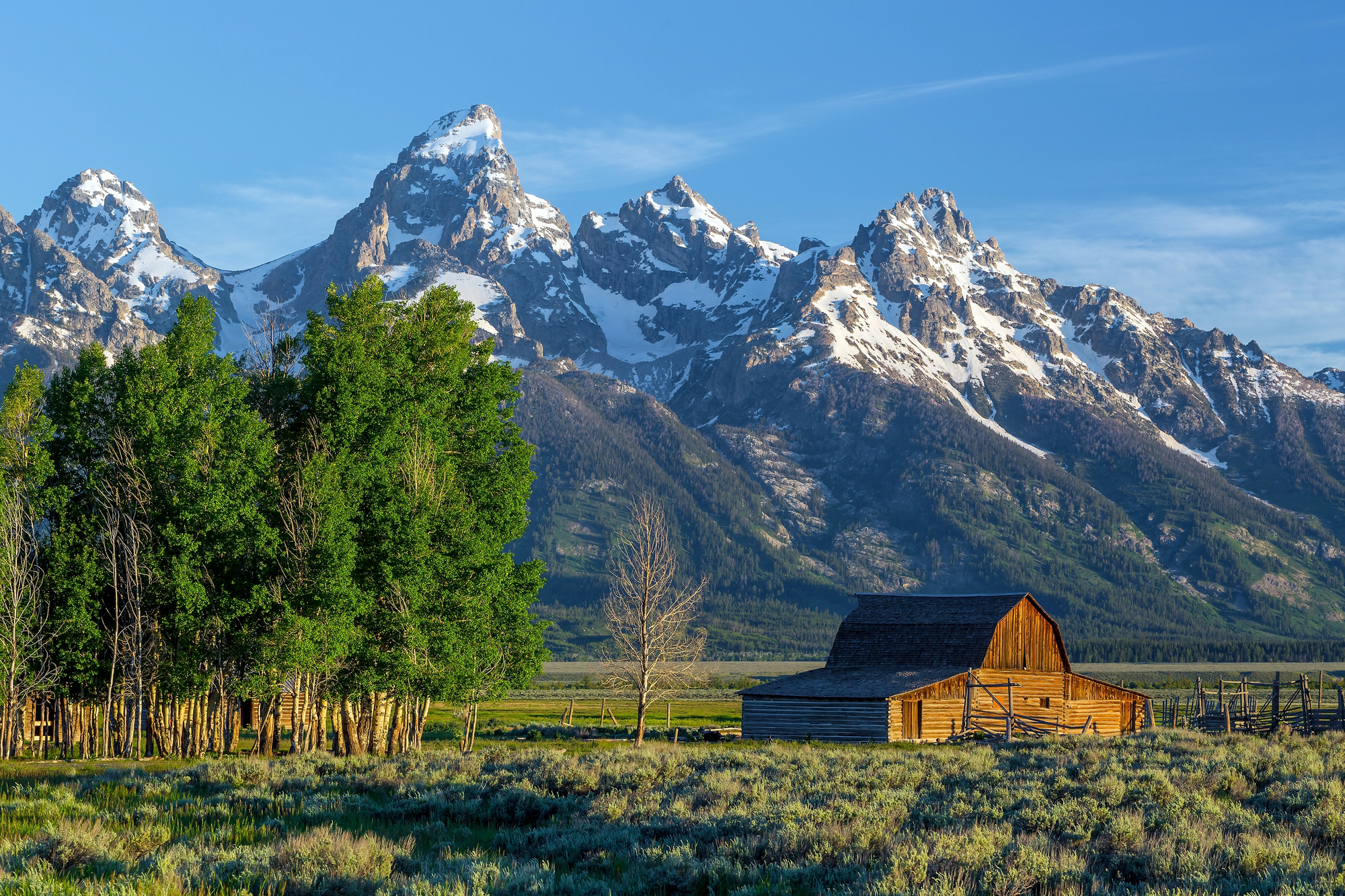
The jagged Teton range rises dramatically from the flat valley floor without foothills, creating one of the most striking mountain profiles in North America. Morning light at Schwabacher Landing or Oxbow Bend provides perfect reflections of the mountains in still waters, often with moose or elk completing the quintessential western scene.
Fall brings vibrant yellows from aspen groves that contrast beautifully with the dark evergreens and snow-dusted peaks.
Zion
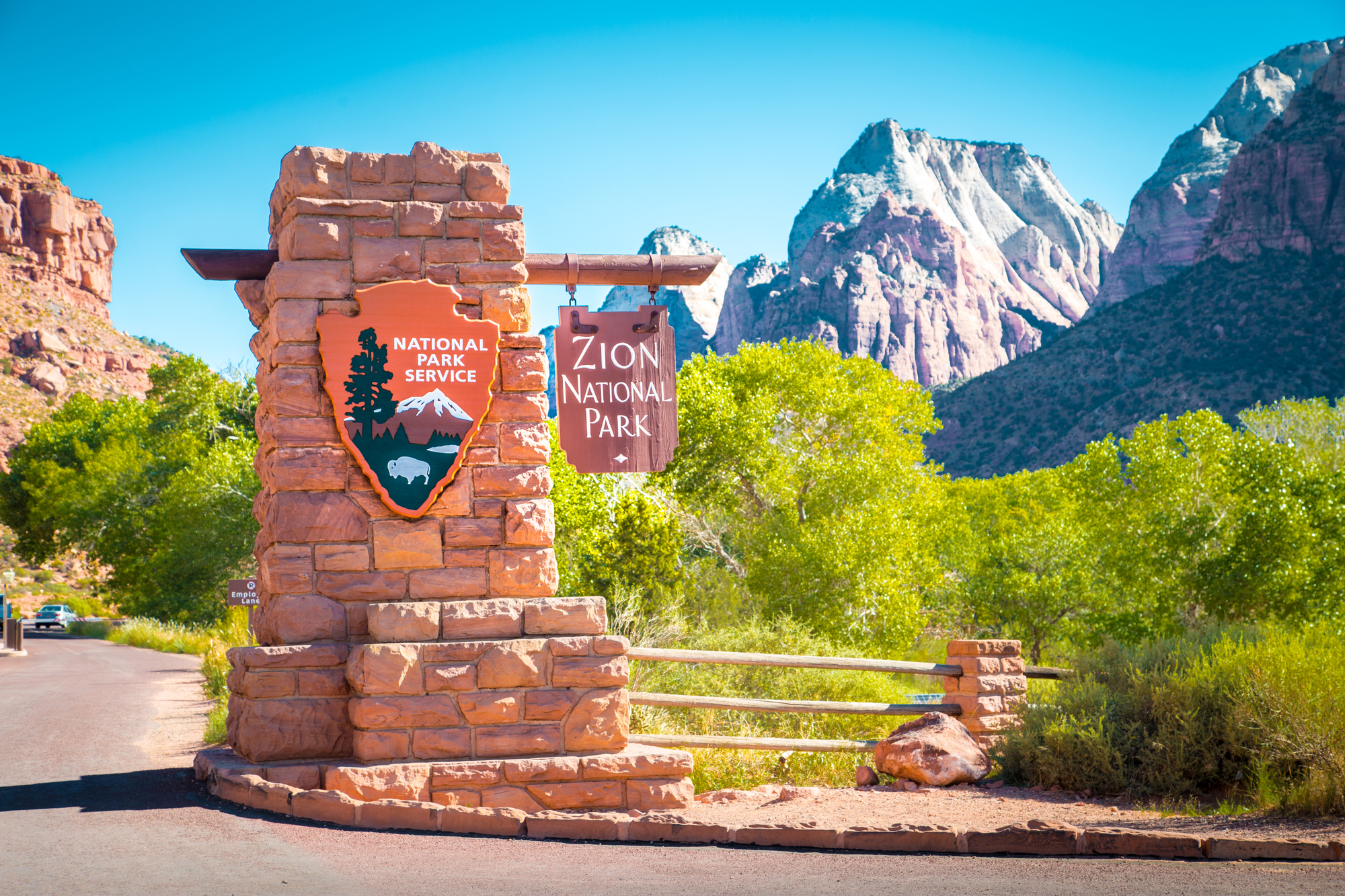
Massive sandstone cliffs in shades of cream, pink, and red tower thousands of feet above the Virgin River, creating a paradise of natural frames and leading lines for photographers. The play of light and shadow in narrow slot canyons produces ethereal glowing walls that seem to change color throughout the day.
The Narrows and Subway sections offer unique water-and-rock compositions unlike anywhere else, while the view from Angels Landing provides sweeping vistas that showcase the grandeur of this desert cathedral.
Like Travel Pug’s content? Follow us on MSN.
Grand Canyon
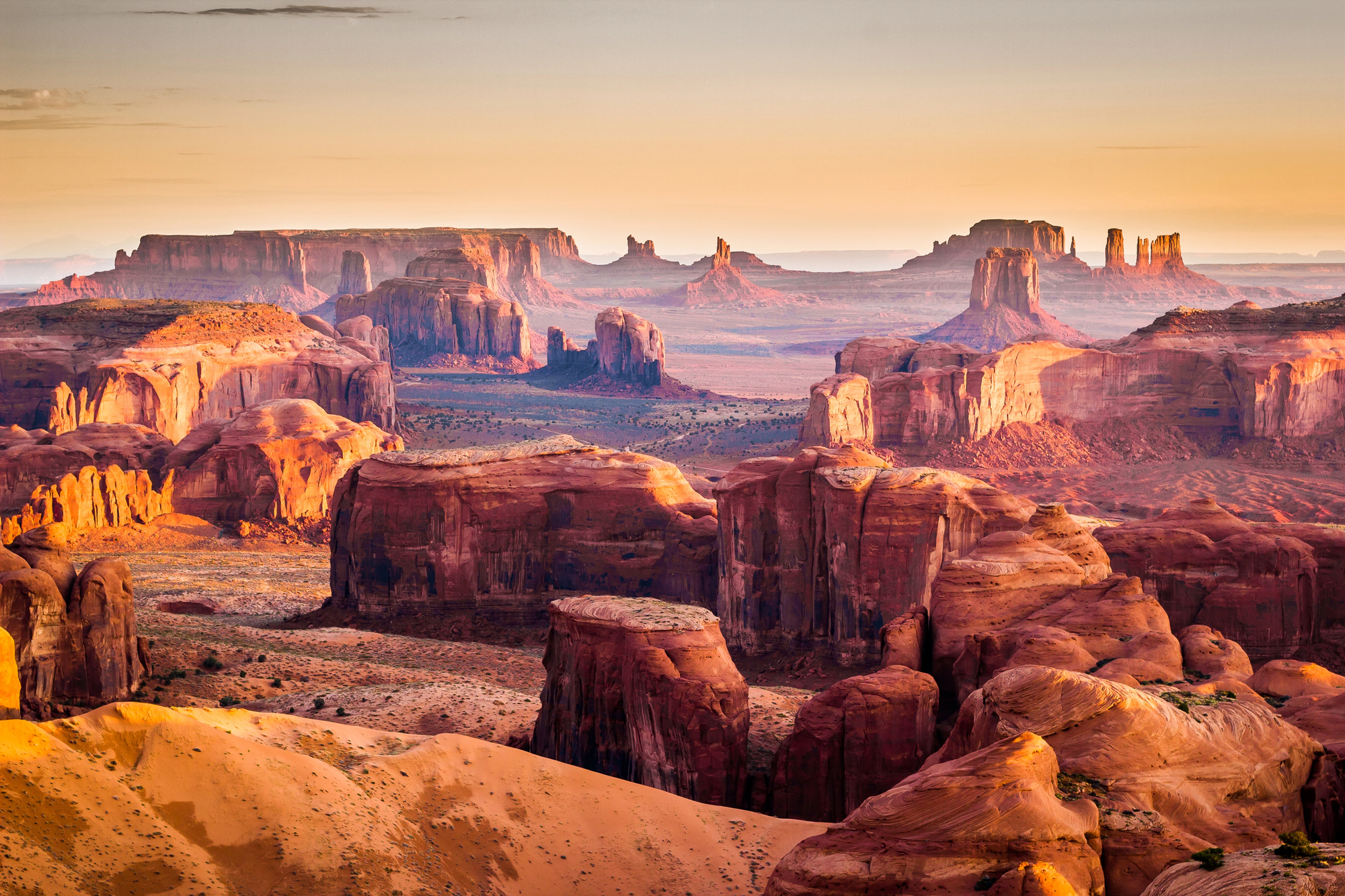
The sheer scale of this massive chasm defies easy capture, challenging photographers to find creative ways to convey its immensity. The constantly changing light transforms the layered rock formations throughout the day, revealing different colors and textures from moment to moment.
Sunrise and sunset are particularly magical as the low angled light creates dramatic shadows that emphasize the depth and complexity of the canyon walls, while summer monsoon storms provide spectacular lightning displays over this vast landscape.
Glacier
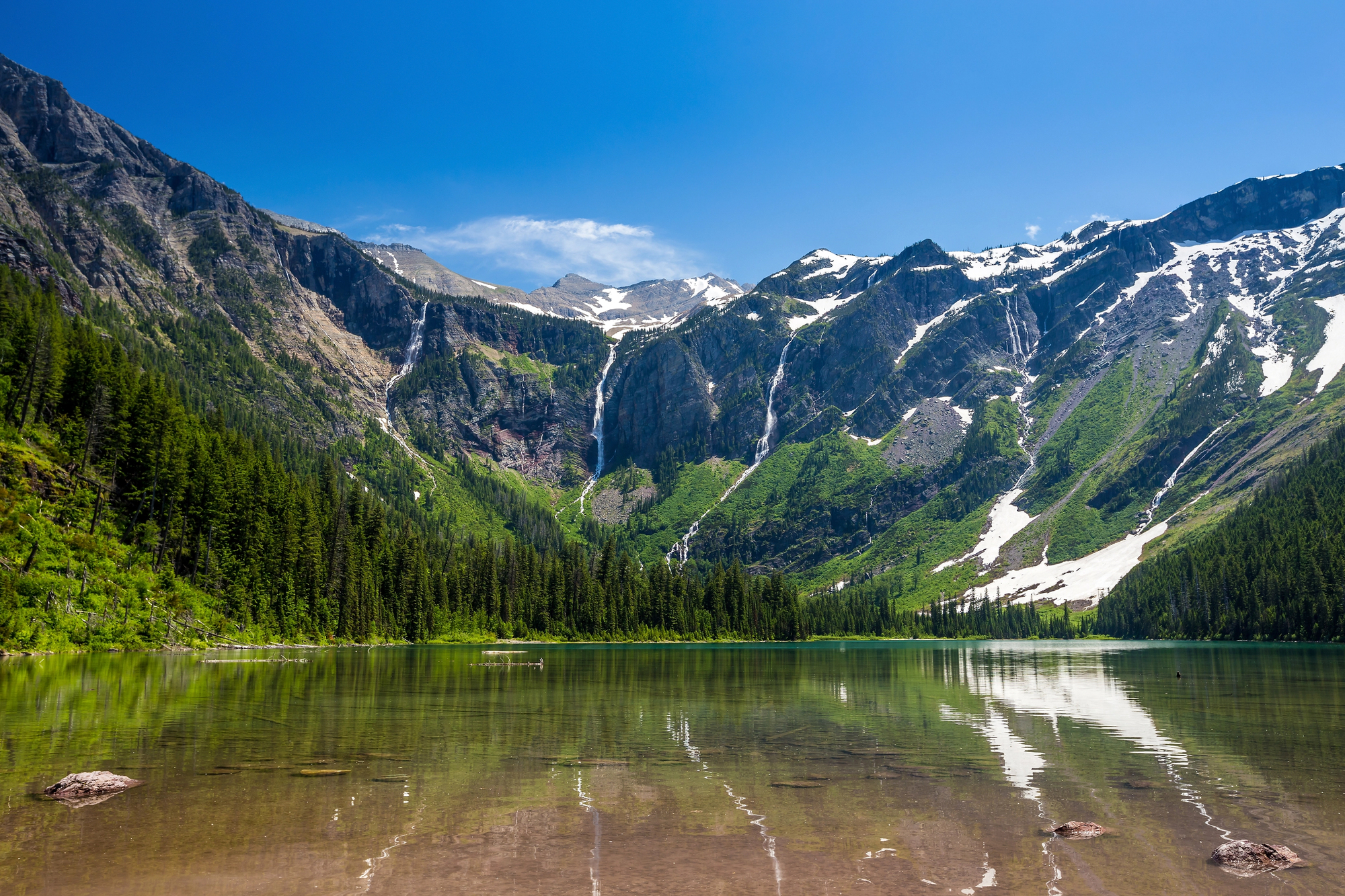
Rugged mountain scenery combines with alpine lakes of impossible turquoise clarity created by rock flour suspended in the water. The Going-to-the-Sun Road offers countless pullouts with frame-ready vistas, while more adventurous hikers find pristine backcountry scenes featuring the park’s namesake glaciers and abundant wildlife.
Dawn at Many Glacier or sunset at Lake McDonald provides perfect still waters for reflection shots, with the warm alpenglow on peaks creating a photographer’s dream scenario.
Arches
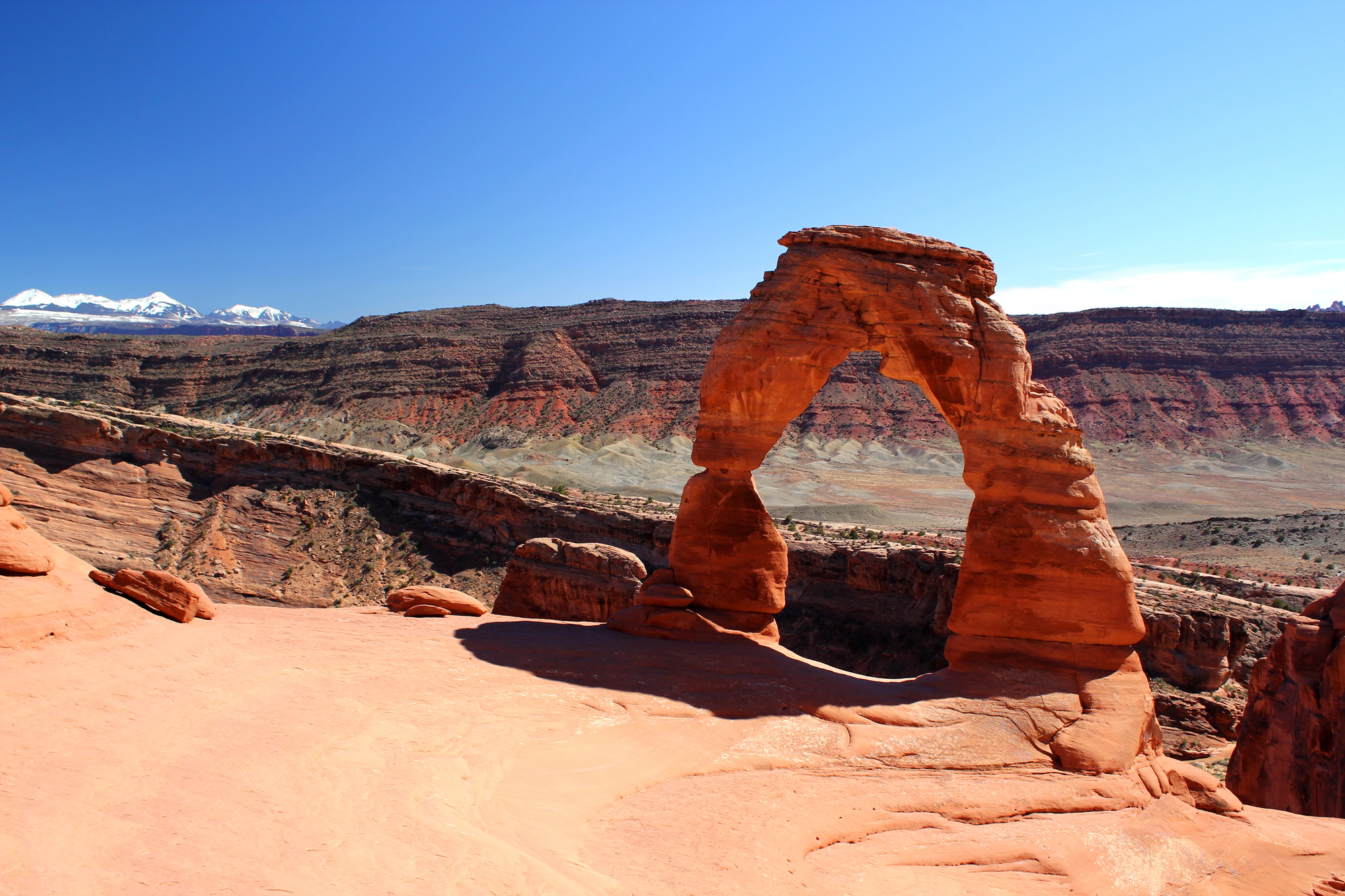
Over 2,000 natural stone arches create perfect frames for landscape photography, with Delicate Arch standing as perhaps the most recognized natural formation in the Southwest. The red sandstone contrasts brilliantly with blue skies or star-filled nights, making this park a favorite for both daytime and astrophotography.
The bizarre hoodoos and balanced rocks create foreground elements that give scale to wider landscape shots, while the fragile geology reminds viewers of nature’s artistic yet temporary creations.
Like Travel Pug’s content? Follow us on MSN.
Olympic
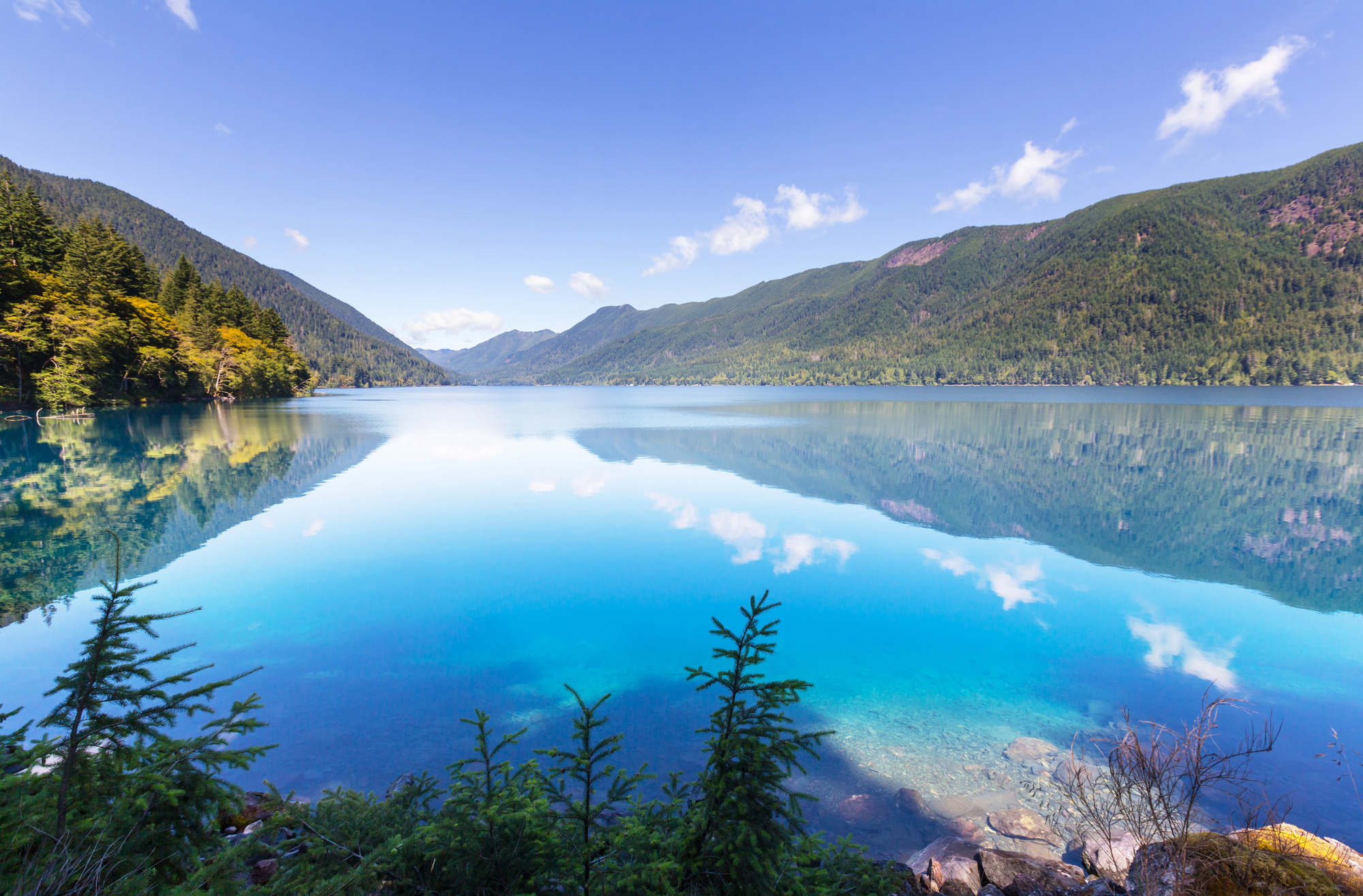
Three distinct ecosystems—coastal, temperate rainforest, and alpine—provide unmatched photographic diversity within a single park. The moss-draped Hoh Rainforest creates ethereal green wonderlands that appear almost mystical when shafts of light penetrate the canopy.
Rugged beaches strewn with massive driftwood and sea stacks make for dramatic coastal compositions, especially during stormy weather. Hurricane Ridge offers sweeping alpine views of the Olympic Mountains, often with wildflower meadows in the foreground during summer months.
Yellowstone
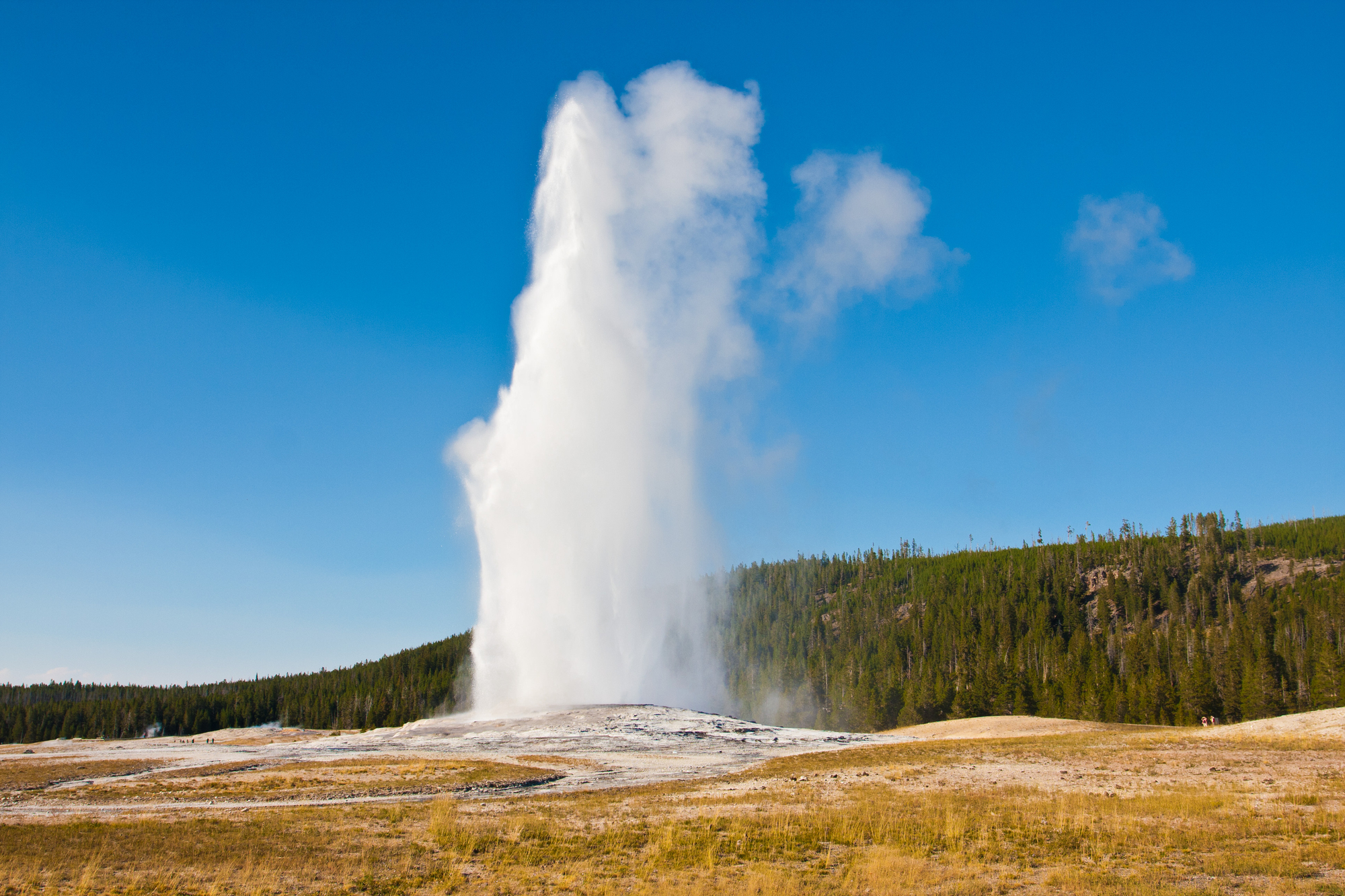
The world’s first national park continues to astonish with its geothermal features that create otherworldly landscapes of steam, color, and texture. Grand Prismatic Spring’s rainbow hues offer abstract compositions that seem almost unreal, while the reliable Old Faithful provides action shots against ever-changing skies.
Wildlife photographers find paradise with opportunities to capture bison, wolves, bears, and elk in their natural settings across the park’s diverse habitats.
Acadia
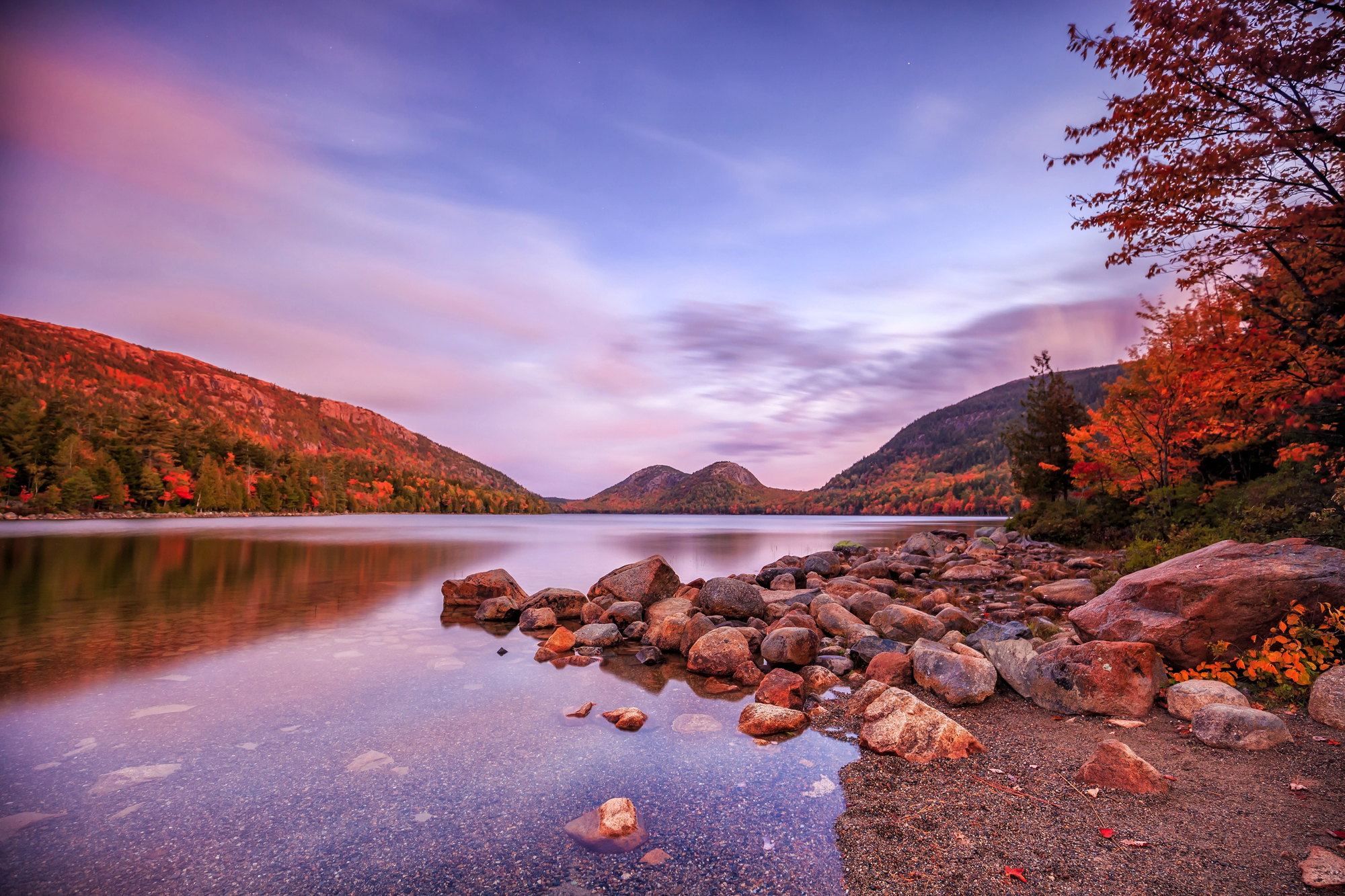
Rugged Atlantic coastline meets forested mountains in this New England gem, creating diverse photo opportunities in a relatively compact area. The first light of day striking Cadillac Mountain—often the earliest sunrise in the continental United States—bathes the granite in warm golden tones.
Bass Harbor Head Lighthouse, perched on rocky cliffs, provides one of America’s most classic lighthouse compositions, while fall brings explosive color to the mixed forests that blanket the landscape.
Like Travel Pug’s content? Follow us on MSN.
Death Valley
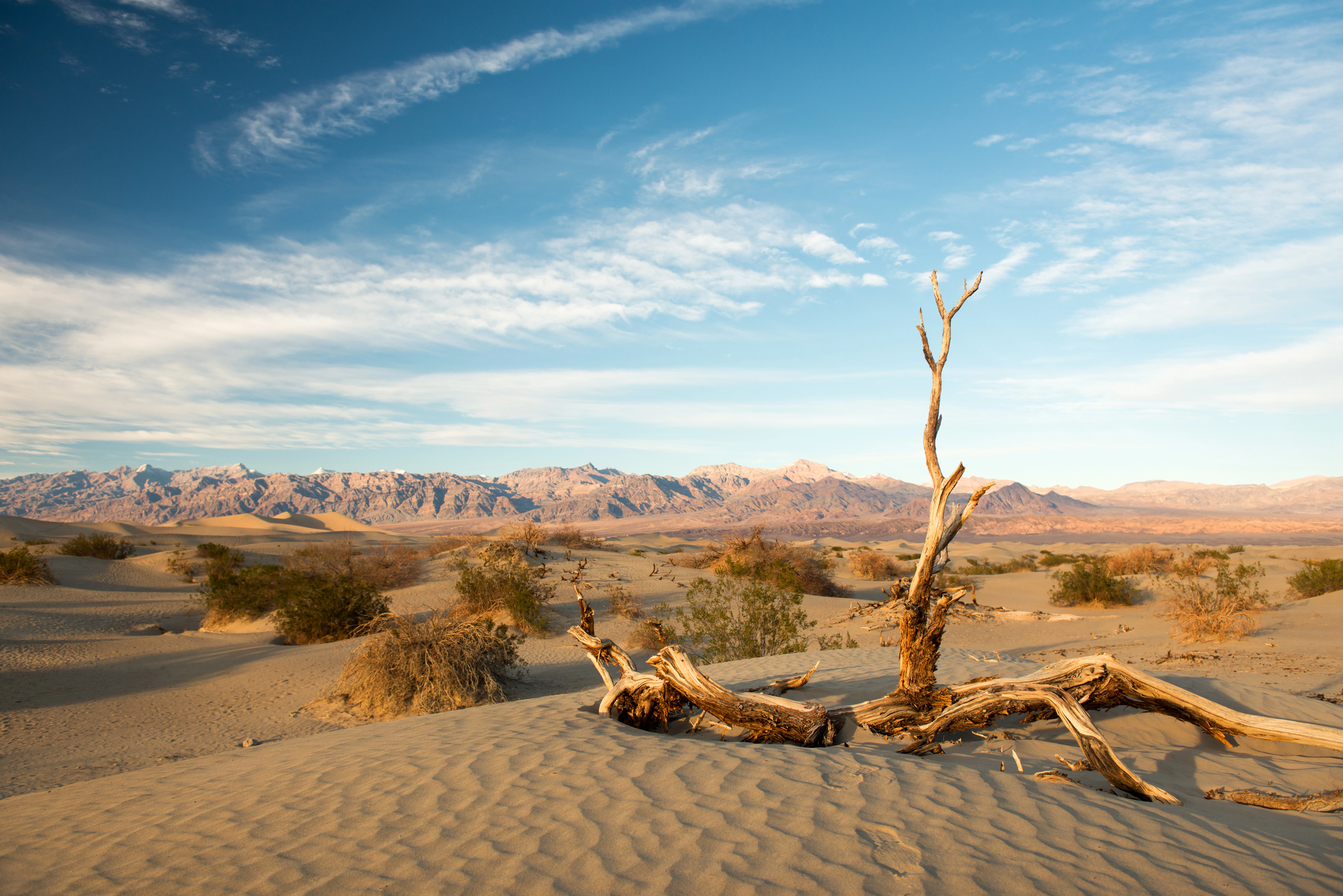
The lowest, hottest, and driest national park creates surreal landscapes that challenge conventional notions of natural beauty. The rippling patterns of Mesquite Flat Sand Dunes constantly reshape themselves, offering photographers fresh compositions after every windstorm.
Badwater Basin’s salt flats create geometric patterns that extend toward distant mountains, while Artists Palette showcases mineral deposits in improbable shades of green, purple, and orange against the stark desert backdrop.
Great Smoky Mountains
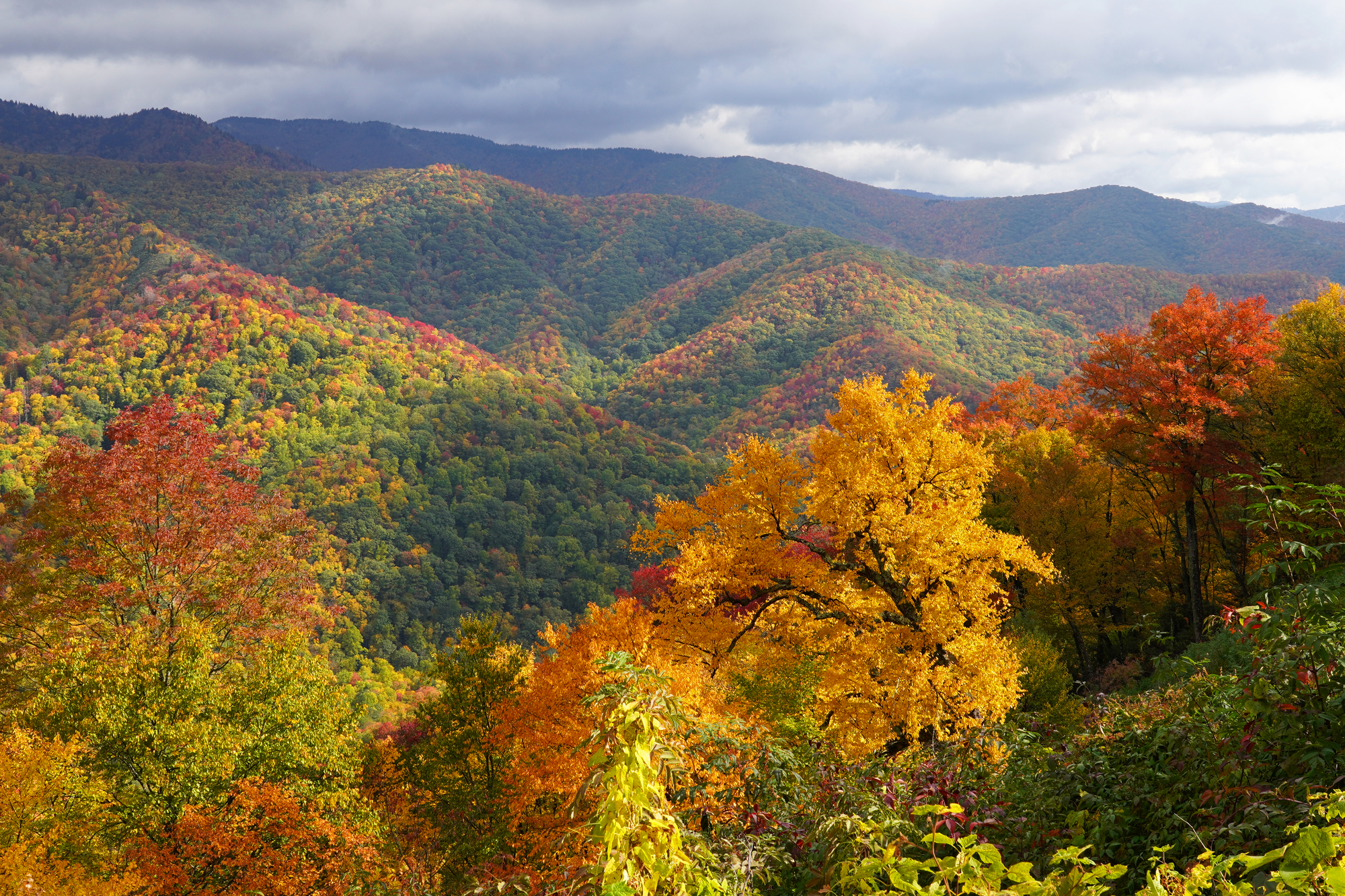
America’s most visited national park is renowned for its misty mountains that create layers of blue ridges fading into the distance. Spring brings over 1,500 varieties of flowering plants, including spectacular wildflower displays along forest floors and roadsides.
Fall transforms the hardwood forests into a patchwork of red, orange, yellow, and gold that draws photographers from around the world. The historic structures preserved throughout Cades Cove offer rustic foreground elements against the ancient mountain backdrop.
Rocky Mountain
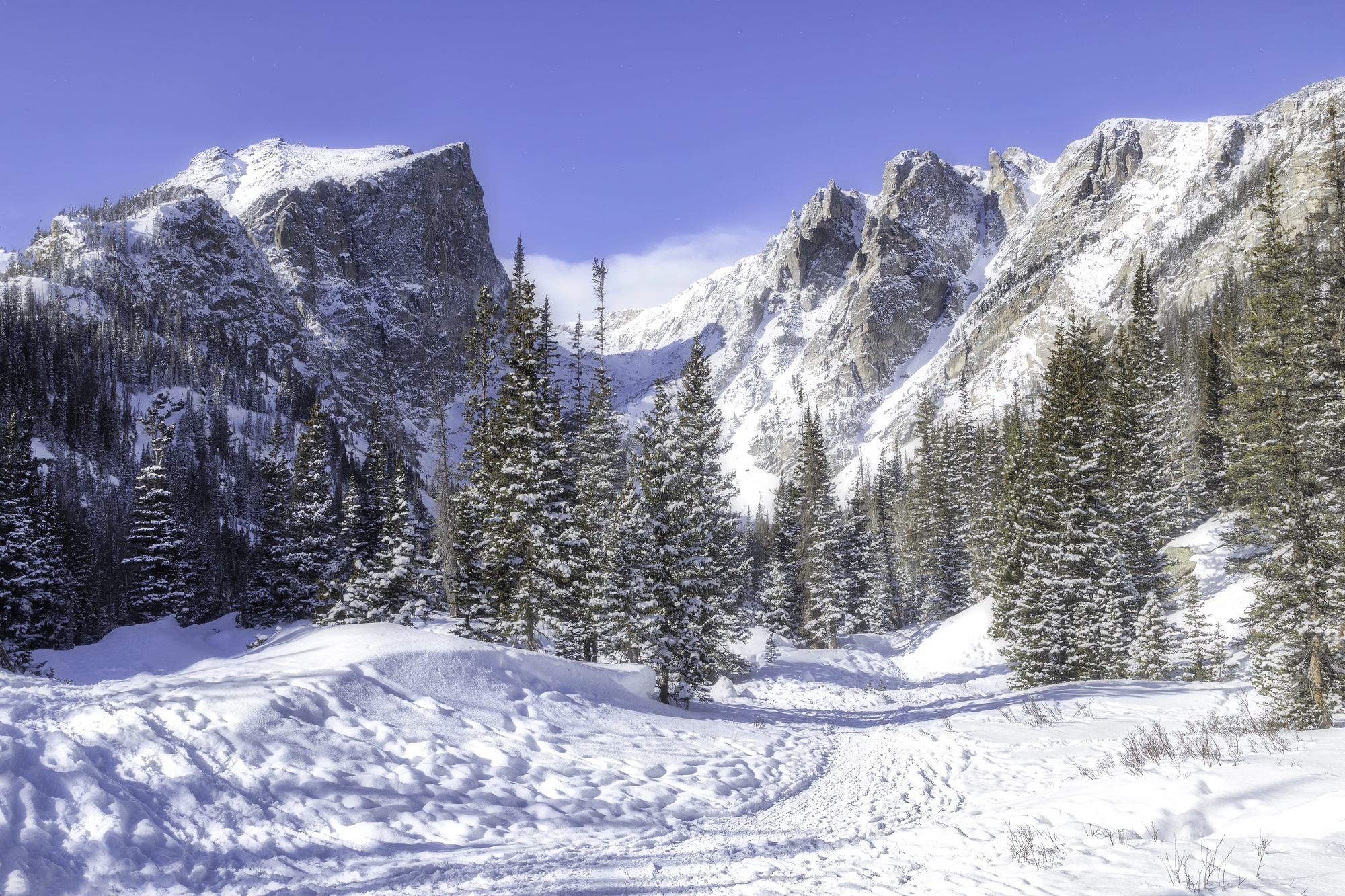
Alpine vistas with snow-capped peaks rising above pristine mountain lakes make this park a classic destination for landscape photographers. Trail Ridge Road provides easily accessible high-elevation viewpoints that showcase the dramatic terrain without requiring backcountry hiking.
The annual elk rut in autumn offers wildlife photographers chances to capture dramatic behaviors against spectacular mountain backgrounds. Wildflower season transforms alpine meadows into carpets of color, creating perfect foregrounds for wider mountain scenes.
Like Travel Pug’s content? Follow us on MSN.
Bryce Canyon
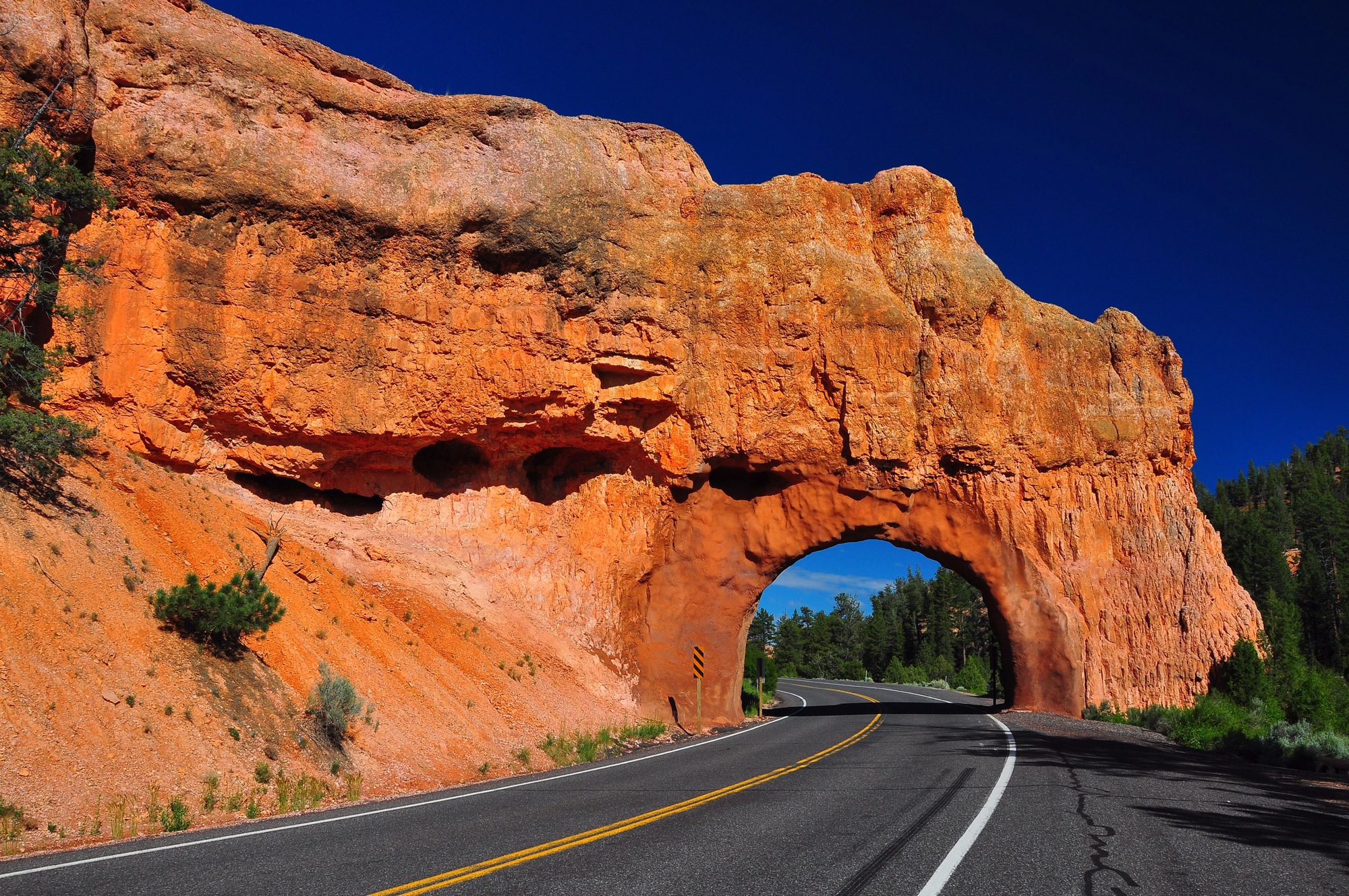
Thousands of delicate stone spires called hoodoos create a fairytale landscape unlike any other, especially when dusted with snow against clear blue skies. The natural amphitheaters filled with these formations create perfect compositions from overlooks along the rim.
Sunrise paints the orange-red rocks with golden light, making them appear to glow from within as shadows add depth and dimension to the intricate formations. Night photographers find Bryce exceptionally rewarding, as the high elevation and clean air create perfect conditions for Milky Way images.
Joshua Tree
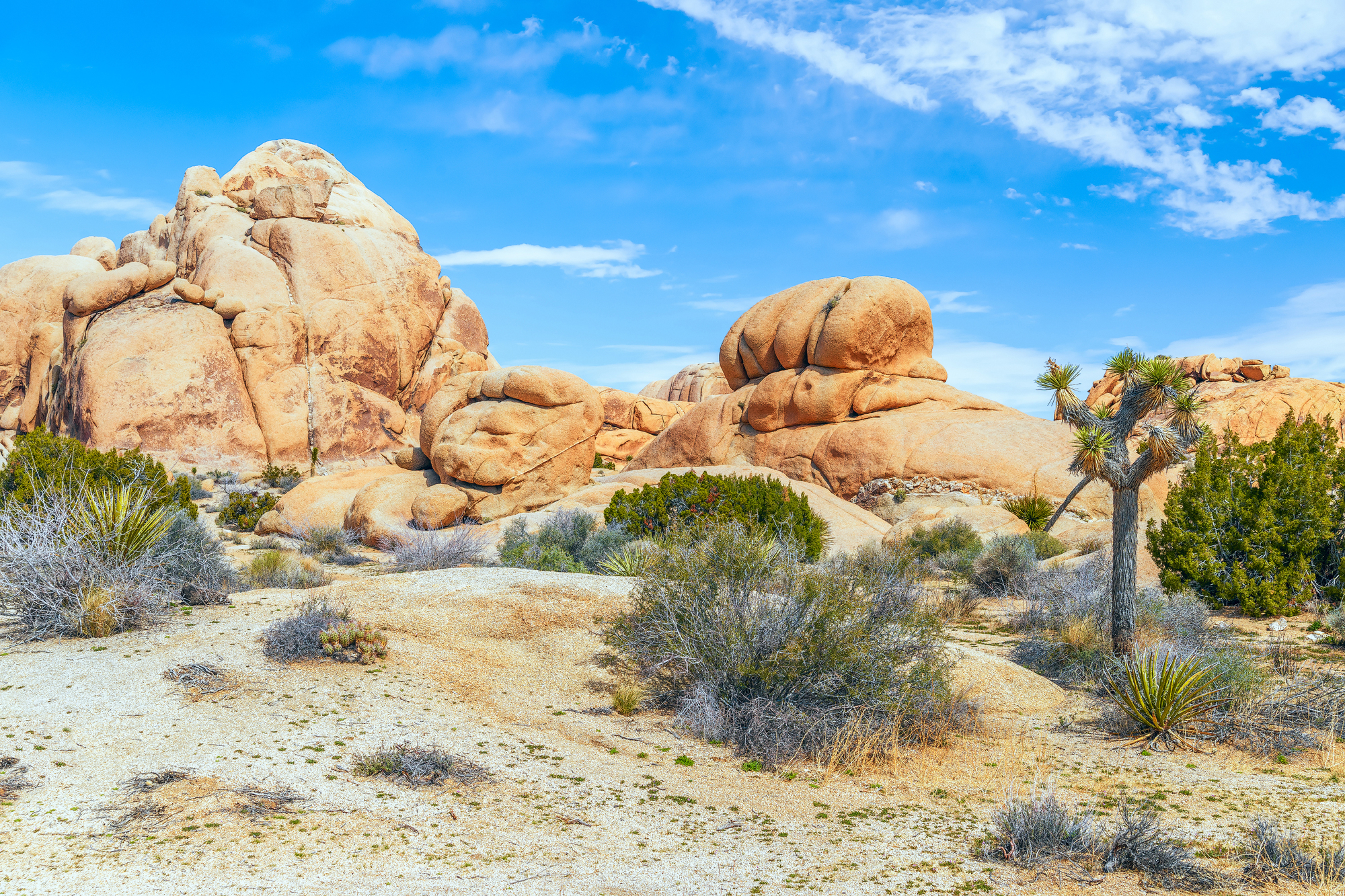
The whimsical namesake trees create distinctive silhouettes against colorful sunset skies or star-filled nights in this desert wonderland. Massive granite boulder formations stack in seemingly impossible arrangements, creating natural sculpture gardens throughout the park.
The clear desert air and minimal light pollution make this one of the premier destinations for astrophotography, with the twisted Joshua trees providing perfect foreground elements against the cosmic backdrop.
Everglades
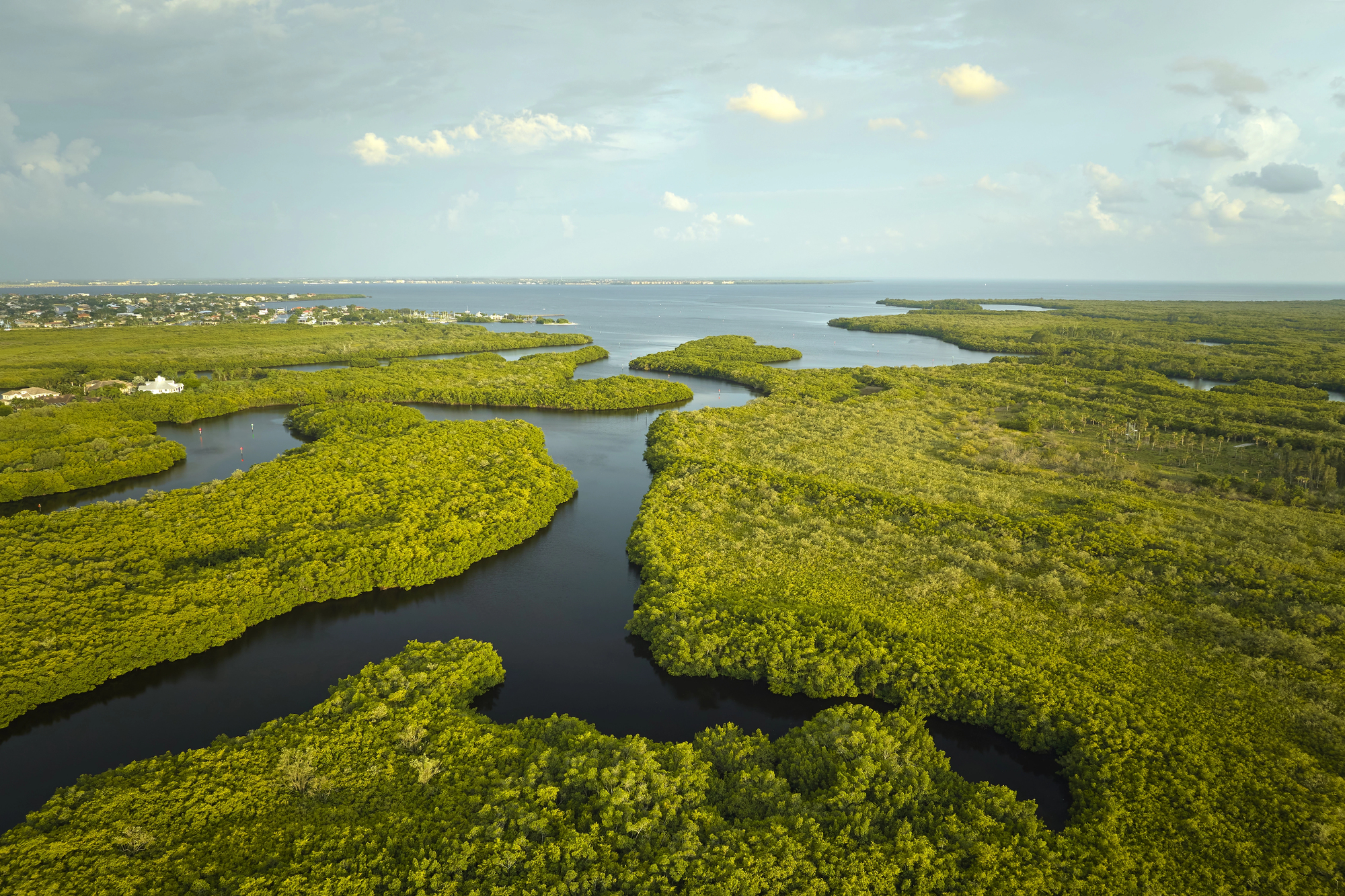
The river of grass creates minimalist compositions with endless horizons that showcase dramatic cloud formations and spectacular sunrises. Abundant birdlife, including roseate spoonbills, wood storks, and great blue herons, offer wildlife photographers constant subjects in beautiful wetland settings.
Alligators sunning themselves on banks or swimming through duckweed-covered waters create quintessential Everglades images that capture the primeval nature of this unique ecosystem.
Like Travel Pug’s content? Follow us on MSN.
Denali

North America’s tallest peak dominates the landscape, creating a magnificent focal point visible from countless vantage points when weather permits. The fall tundra transforms into a carpet of red and gold that complements the snowy mountain backdrop perfectly.
Wildlife photographers find opportunities to capture grizzly bears, moose, caribou, and Dall sheep in their natural habitat with minimal human intrusion. The northern lights dancing above the Alaska Range provide a bucket-list shot for night photographers willing to brave the cold.
Hawaii Volcanoes
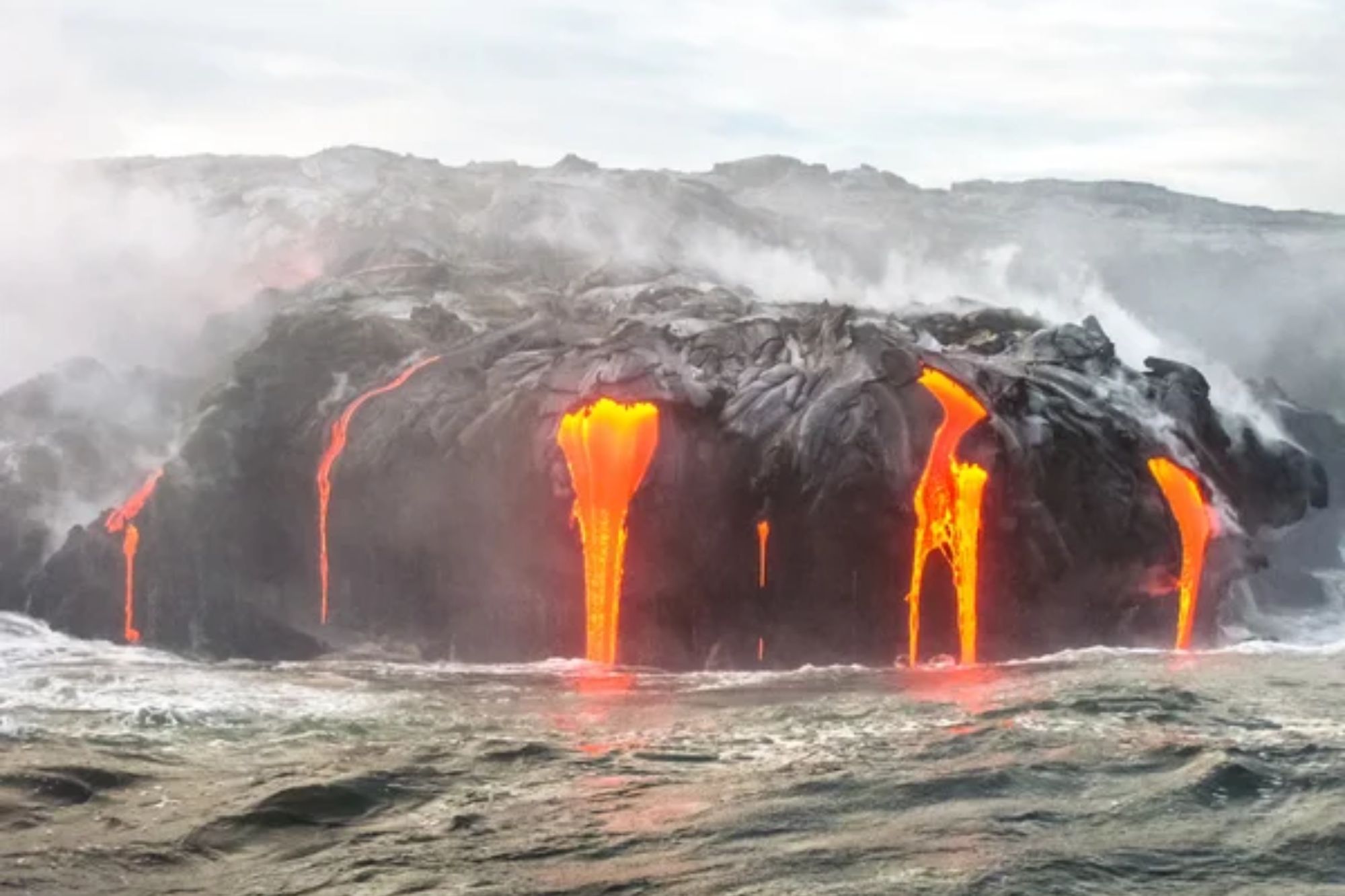
Active volcanic landscapes offer photographers the rare chance to document Earth’s ongoing creation process. Red-hot lava entering the ocean creates explosive steam clouds and eventually new land, while glowing lava lakes present stunning nighttime photography opportunities.
The barren landscapes where previous flows have cooled contrast with areas where life is returning, showing nature’s resilience in dramatic visual terms. Sulfur vents and steam plumes add ethereal elements to compositions that showcase this dynamic and ever-changing environment.
Canyonlands
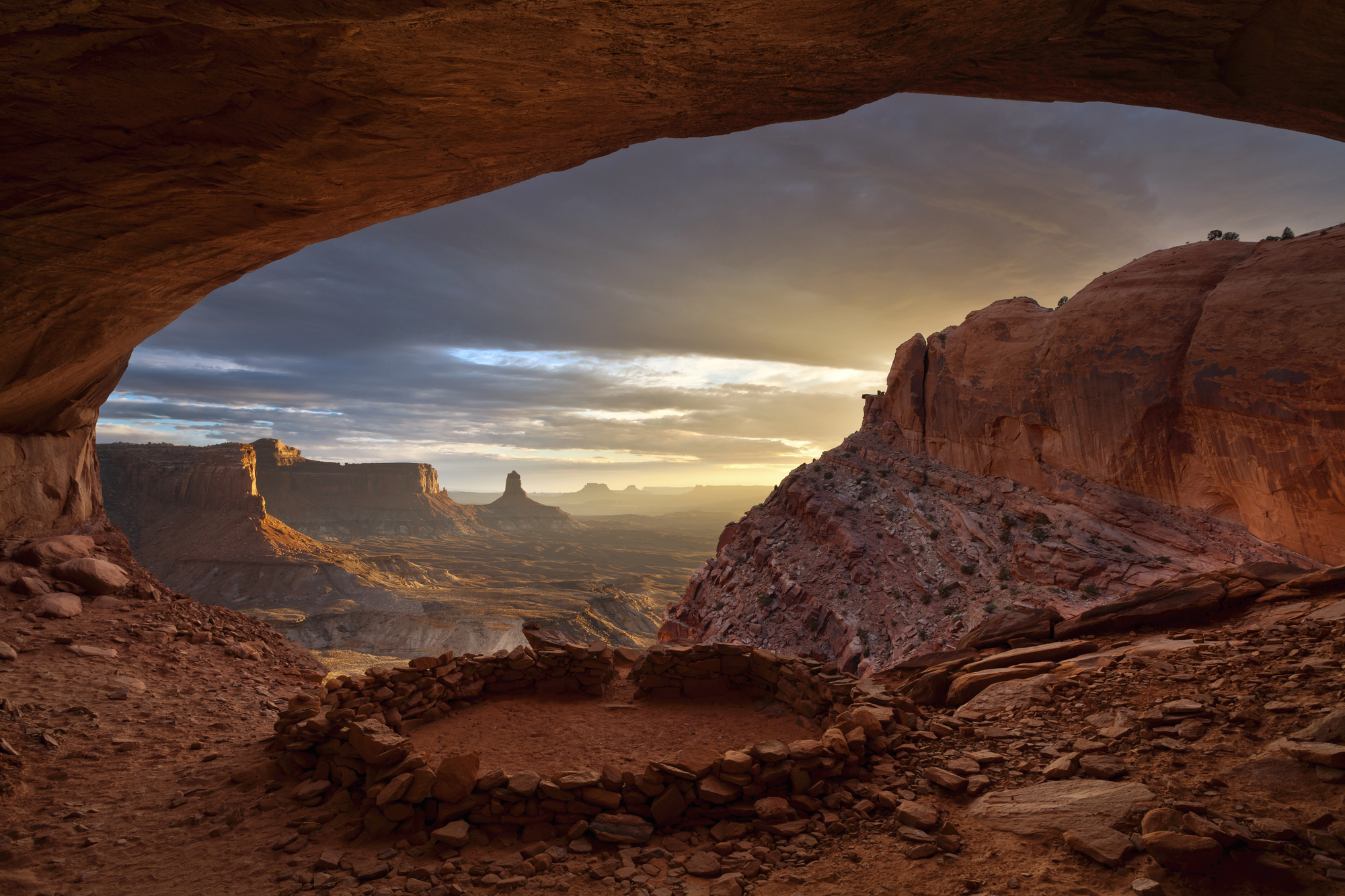
Deep chasms carved by the Colorado and Green rivers create a labyrinth of canyons, mesas, and spires that seem to extend forever from Island in the Sky viewpoints. The Green River overlook and Mesa Arch at sunrise rank among the most spectacular views in the American Southwest, with the latter framing distant formations in the warm morning light.
The remote Maze District rewards adventurous photographers with pristine landscapes few visitors ever see, while the night skies above this desert wilderness provide exceptional star photography opportunities.
Like Travel Pug’s content? Follow us on MSN.
Nature’s Gallery
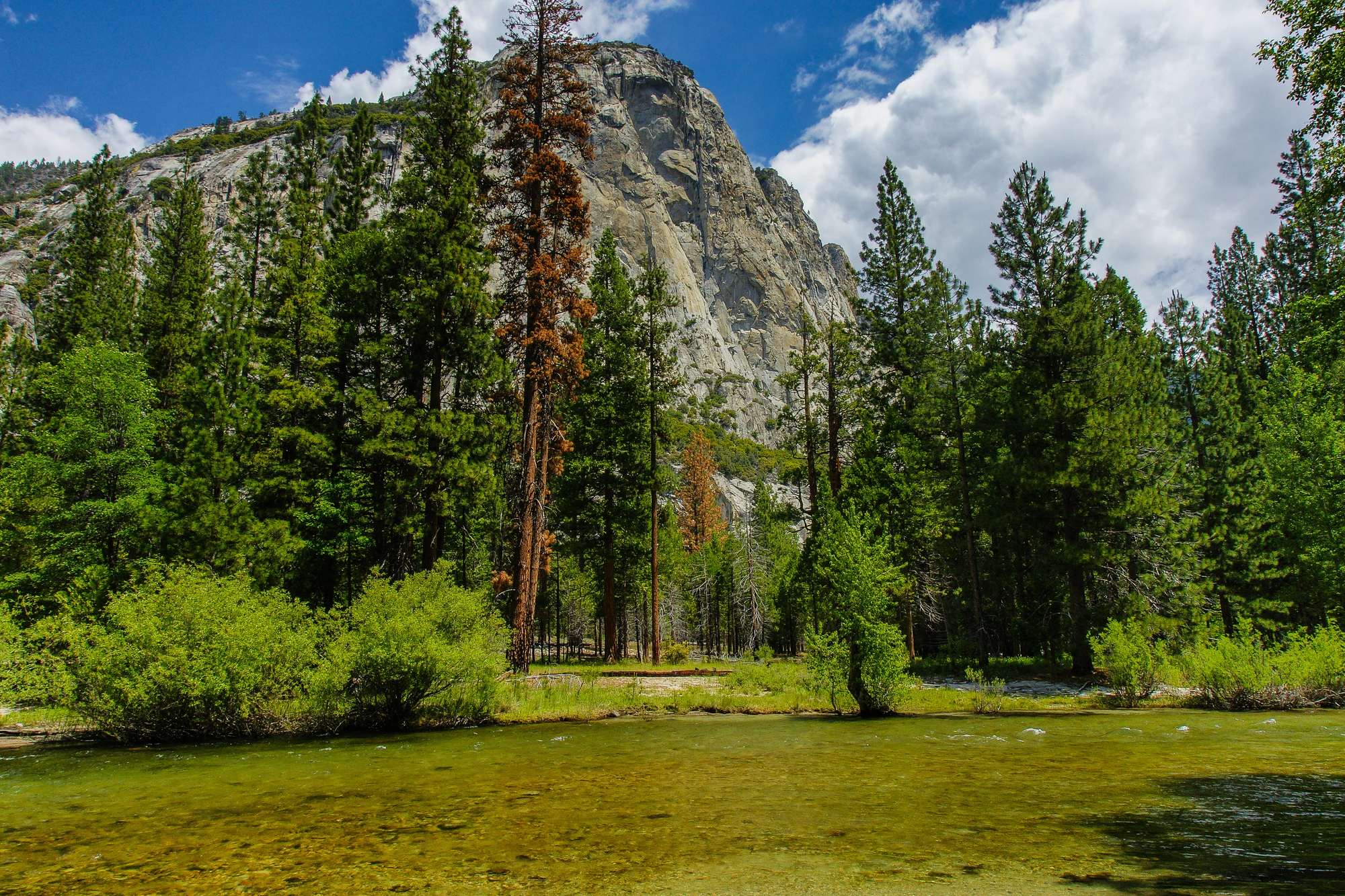
America’s national parks serve as both inspiration and subject for photographers of all skill levels, preserving landscapes of exceptional beauty for future generations. These protected areas allow visitors to witness and capture scenes that remain relatively untouched by development, offering windows into how the continent appeared before widespread human alteration.
The changing seasons and weather conditions ensure that even frequently photographed locations present new opportunities with each visit. From the misty mountains of the East to the rugged coastlines of the West and from Alaska’s towering peaks to Hawaii’s volcanic shores, these photogenic parks showcase the incredible natural diversity that makes America’s landscape so compelling.
Whether you’re planning a dedicated photography trip or simply want to ensure your vacation includes stops at naturally beautiful locations, these 18 national parks promise vistas that will fill your camera roll and create lasting memories of America’s most precious natural treasures.
More from Travel Pug

- Cities Growing so Fast You Won’t Recognize Them in 10 Years
- 13 Destinations Where Tourists Regularly Regret Their Trip
- 16 U.S. Cities That Are Quietly Becoming Travel Hotspots
- Where to Travel If You Love Long Bus Rides and Daydreams
- 20 Cities Perfect for Solo Travelers Who Crave Adventure & Culture
Like Travel Pug’s content? Follow us on MSN.
